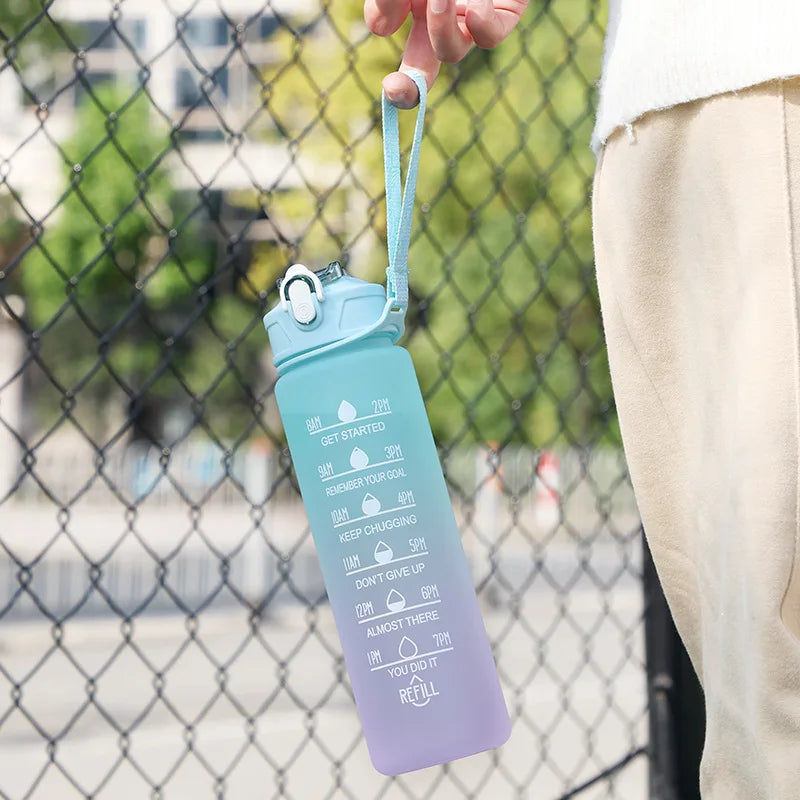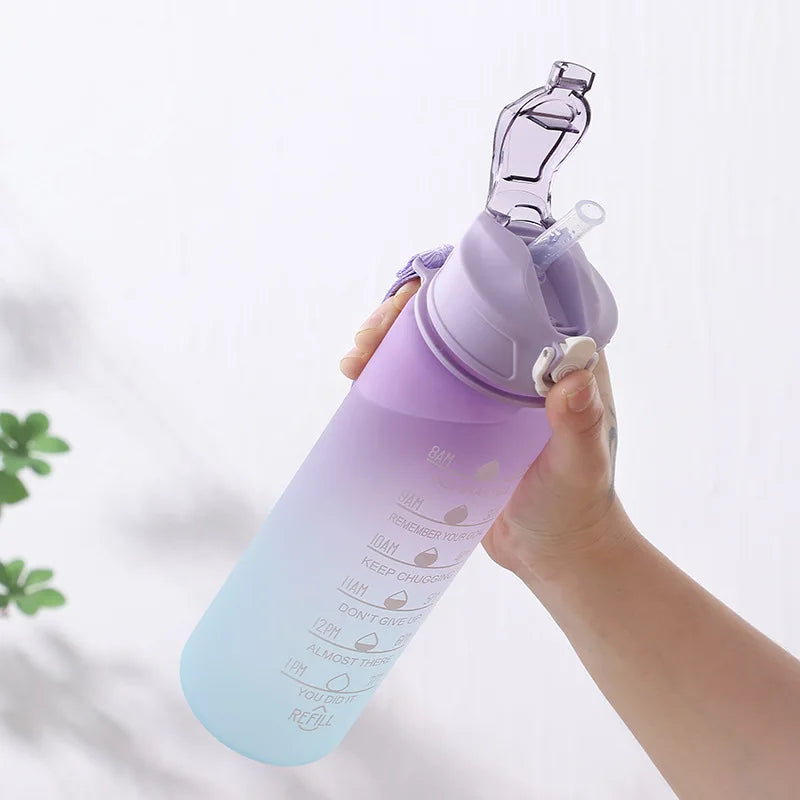
Breaking Down the Lifecycle of a Scar
Breaking Down the Lifecycle of a Scar: Prevention, Treatment, and Long-Term Care with Silicone Scar Strips
Scars are more than just physical marks; they are often intimate narratives of our life's experiences.
However, when it comes to the body's healing process, scars are a complex phenomenon with a lifecycle that spans from the moment of injury to long after the wound has closed.
Let's have a look at this lifecycle and see how silicone scar strips are involved at each stage.
Introduction to the Lifecycle of a Scar

Scars form through a dynamic and multifaceted process involving tissue repair and regeneration.
This process can be broken down into distinct stages, each with its own set of characteristics and care strategies.
Stage One: Injury and Immediate Response
Immediate Post-Injury Care
The journey of a scar begins with an injury. The body's immediate response is to halt bleeding and begin the repair process.

This is where prevention is pivotal. Quick and proper wound care can significantly influence the scar's development.
Stage Two: Formation and Early Intervention
The Formation of New Tissue
As the body forms new tissue over the wound, the early signs of scarring appear. It's during this stage that silicone scar strips can start to make a difference.
By providing a protective layer, they can create an ideal healing environment to minimize scar formation.
Stage Three: Maturation and Treatment
Nurturing the Maturing Scar
Over weeks to months, the scar matures. Silicone scar strips excel in this phase by hydrating the scar and exerting gentle pressure, which can help in flattening and softening the scar's appearance.
Stage Four: Long-Term Care and Management
Long-Term Scar Management

A mature scar, while healed, may still evolve. Long-term care is about maintaining the scar's improved appearance.
Continued use of silicone scar strips can help ensure the scar remains less noticeable.
Conclusion: The Role of Silicone Scar Strips in Scar Lifecycle
Silicone scar strips are not a one-time treatment but a consistent companion throughout the lifecycle of a scar.
From prevention to long-term care, they offer a non-invasive solution to support the body's natural healing while mitigating the cosmetic and textural impact of scars.
Understanding the lifecycle of a scar is crucial for anyone looking to manage their scars effectively.
With silicone scar strips, you have a tool that adapts to each stage of the process, providing a supportive environment for healing and helping you maintain confidence in your skin's appearance.
References:
https://www.ncbi.nlm.nih.gov/pmc/articles/PMC2989813/
https://www.ncbi.nlm.nih.gov/pmc/articles/PMC2918339/
https://www.ncbi.nlm.nih.gov/books/NBK534261/
https://www.nbcnews.com/select/shopping/scar-treatments-rcna124032
https://drbartlettmd.com/wp-content/uploads/2016/12/General-Instructions-on-Caring-for-your-Scar.pdf
General Disclaimer: All information here is for educational purposes only and is not meant to cure, heal, diagnose nor treat.
This information must not be used as a replacement for medical advice, nor can the writer take any responsibility for anyone using the information instead of consulting a healthcare professional. All serious disease needs a physician.
















